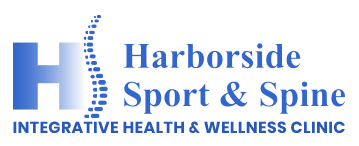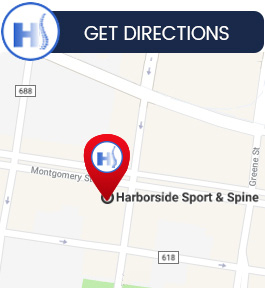Sprains and Strains Treatment Clinic in Jersey City NJ
At Harborside Sport & Spine, our chiropractors provide proper evaluation and treatment for sprains and strains. With appropriate care, patients can experience relief from symptoms associated with sprains and strains like pain, tenderness, weakness, or swelling. Dr. David Sylvester DC provides treatment for sprains and strains at Harborside Sport & Spine. For more information, please contact us or book an appointment online. We serve patients from Jersey City NJ and surrounding areas.
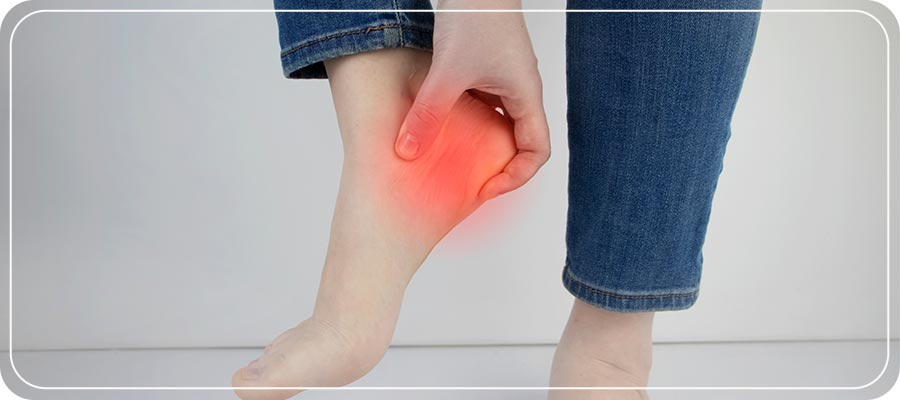
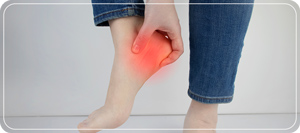


Table of Contents:
What are the 4 types of sprains?
What causes a strain?
What type of sprain takes the most time to heal?
What helps ligaments heal faster?
How can Dr. David Sylvester, DC at Harborside Sport & Spine, help you recover from sprains and strains?
Almost any joint in the body can be injured by a sprain, but those at higher risk of injury from falls and trauma are the most vulnerable. There are many types of sprains differing in the area of the body affected and the severity of the sprain.
While ankle sprains are often associated with sports, they are quite common among non-athletes and individuals of all ages. The incidence and prevalence of ankle sprains have been studied, and it has been found that children are more likely to suffer ankle sprains than adolescents and adults.
Sprains caused by turning or twisting your ankle inward are called inversion sprains. Outside of your ankle is where you will feel the most pain. You experience pain on the interior side of your ankle with an eversion sprain when you turn or twist your ankle out. There is a much lower incidence of this type of sprain. When you land wrong on a jump and push your ankle up, you get a high ankle sprain.
Sprains occur as a result of stretching or tearing of a ligament. Ligaments connect two or more bones at a joint with a strong, fibrous band of tissue. One or more ligaments may be injured when you have a sprain. Although sometimes the terms can be used interchangeably, a sprain is not the same as a strain. Strains occur when a muscle attaches to a bone and is stretched, pulled, or torn. The strain is between the muscle and bone and the sprain is between the bone and the muscle. In the case of a sprain, the involved joint is directly affected.
Depending on the severity of the sprain, the ligament may be stretched, partially torn, or completely torn. Both the degree of the sprain and the number of ligaments involved determine how serious the injury is.
An injury to the joint that causes a sprain can either be direct or indirect (trauma) that knocks it out of alignment and causes it to overstretch and tear.
Sprains can be categorized into three different degrees of severity, each having its own healing time associated with it. Third-degree sprains, which are the most severe, take the longest to heal.
Sprains of the first degree do not cause significant tissue damage and heal quickly. It is usually possible to treat a first-degree sprain at home by elevating the foot, applying ice, and staying off it. It usually takes less than a week for a person to fully recover.
Second-degree sprains are caused by damage to one or more ligaments. With a second-degree sprain, swelling and bruising are more common, and additional treatment may be required. It may take 2-6 weeks for the injury to fully heal, so you should consult your physician for treatment and therapy.
Third-degree sprains occur when the ligaments are torn. Painful popping sounds are usually associated with the condition. In addition to the swelling, bruising, and inability to bear weight on the foot, the foot will be inflamed. A cast or brace may be needed, and a visit to your doctor will be necessary. A full recovery from a third-degree sprain can take six to twelve weeks.
Get an exam as soon as possible from your doctor after you have suffered a sprain or strain. You can only get an accurate assessment of your ligament damage from a doctor. The treatment of the injury will be determined by your doctor after that.
Having said that, there are steps you can take that generally help ligaments heal more quickly. The use of ice packs can cause vasoconstriction or the constriction of blood vessels. Inflammation and swelling are reduced when the blood supply to the injured area is reduced. Additionally, ice numbs the nerves to reduce pain. As a result, ligaments that have been torn or strained will heal more quickly.
Compression wraps combined with braces immobilize the joint, preventing further damage and supporting its healing. As you recover from strained ligaments, you may use over-the-counter non-steroidal anti-inflammatory drugs (NSAIDs). Injured joints are strengthened, and their range of motion is improved through physical therapy. The affected area may also be less likely to sustain re-injury. According to the severity of your injury and the damaged ligament, your doctor may prescribe exercises or stretches for you to do.
Sprains and strains—whether from sports, daily activities, or accidents—can cause pain, swelling, and limited movement. At Harborside Sport & Spine in Jersey City, Dr. David Sylvester DC, provides expert, non-invasive treatment for muscle and ligament injuries to help you heal properly and avoid long-term complications.
Dr. Sylvester begins with a thorough evaluation to determine the extent of the injury and any underlying joint or alignment issues. Treatment may include chiropractic adjustments, soft tissue therapy, cold laser, therapeutic exercises, and supportive taping to reduce inflammation and speed recovery. At Harborside Sport & Spine, every care plan is customized to your activity level, lifestyle, and healing goals. Dr. Sylvester’s integrative approach focuses on restoring function, preventing reinjury, and getting you back to your routine as quickly as possible.
If you’re dealing with a recent sprain or strain, his experienced care offers a safe, effective path to full recovery. Treatment for sprains and strains is available at Harborside Sport & Spine. For more information, contact us or schedule an appointment online. We serve patients from Jersey City NJ, Hoboken NJ, Weehawken NJ, West New York NJ, Guttenberg NJ, Secaucus NJ, Harrison NJ, Kearny NJ, Newark NJ, Belleville NJ, Lyndhurst NJ, East Orange NJ and Elizabeth NJ.
Check Out Our 5 Star Reviews

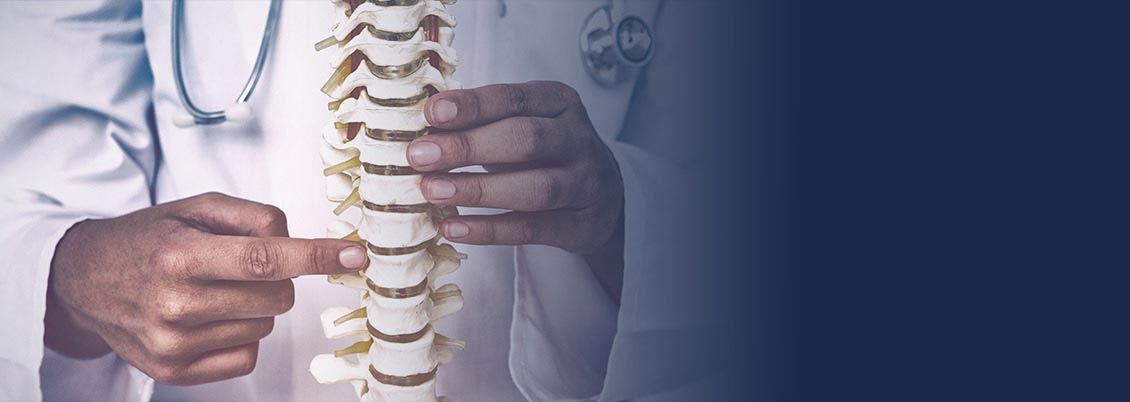
Chiropractic and Physical Therapy Services
▸ Chiropractic
▸ Physical Therapy
▸ Massage Therapy
▸ Acupuncture
▸ Spinal Decompression
▸ Prenatal Chiropractor
▸ Ear Infections
▸ Foot Pain
▸ Headaches
▸ Scoliosis
▸ Slipped Disc
▸ Sprained Ankles
▸ Stress
▸ Frozen Shoulder
▸ Osteoporosis
▸ Shoulder Pain
